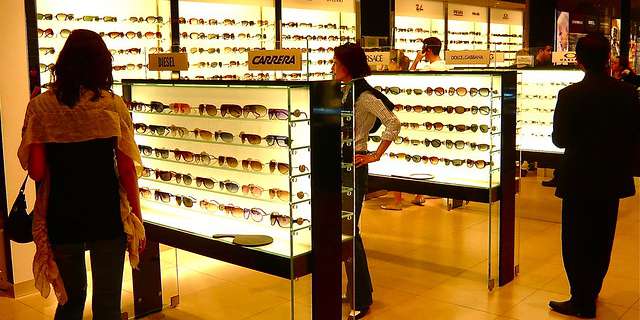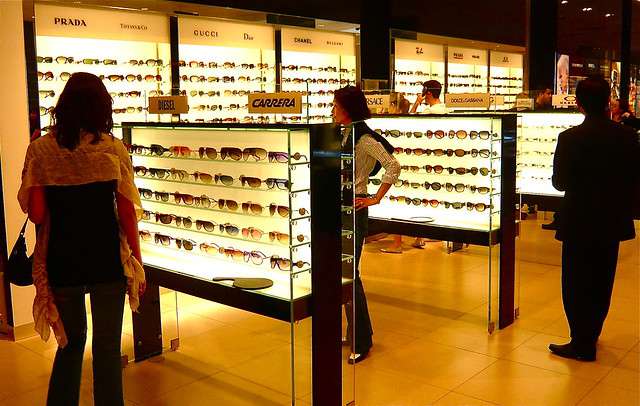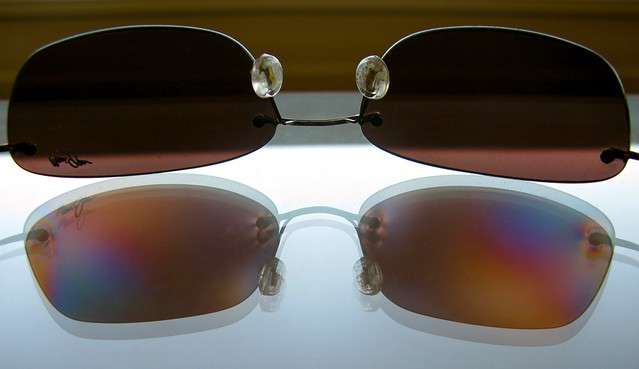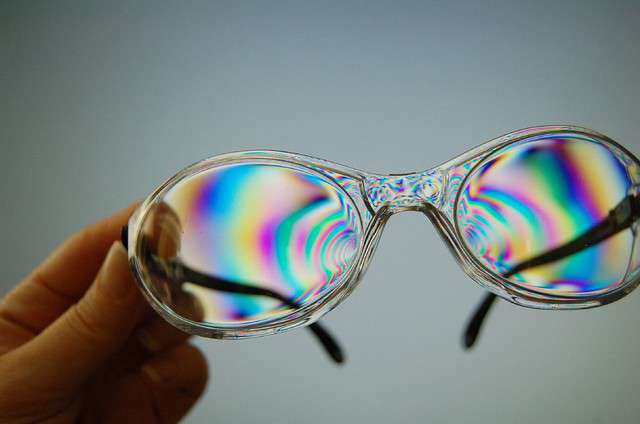
Sunglasses have played a large role in fashion for generations. From Jackie O to Audrey Hepburn, many style icons have inspired eyewear trends over the years. Even the popular ZZ Top billboard hit in 1980 had everyone running out to get themselves a pair of “cheap sunglasses.” And although they continue to remain popular today, functionality and UV protection have now become the driving force behind the production of sunglasses.
The UV measurement of sunglasses is leading the way in eyewear technology and new developments in protection are setting the standards for this industry. As we learn more about the harmful effects of the sun’s rays, consumers are setting new expectations regarding the UV defense capabilities of their eyewear. Combining style and protection are now a top priority in protective eyewear technology and spectrophotometers offer a simple solution to developing quality products.

Sunglasses are more than just a fashion accessory in today’s retail market. Special attention must be given to the careful measurement and quantification of the UV blocking power of these lenses. Image Source: Flickr user Herry Lawford




